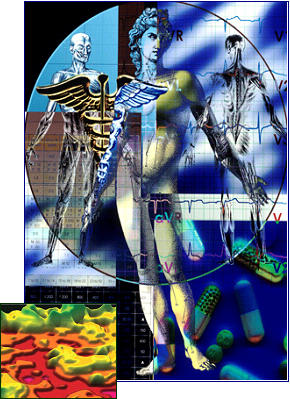
Subra Suresh
Dean of Engineering
Massachusetts Institute of Technology
This lecture is about research at the intersections of nanotechnology, engineering, biology, and human health. Molecular changes induced by external factors or natural biochemical processes can be studied with state-of-the-art experimental and computational tools. The alterations to nanoscale responses of the whole cell, cell membrane, and cytoskeleton will be explored. The focus will be on applications of nanotechnology to the study of Plasmodium falciparum and Plasmodium vivax malaria, several types of hereditary hemolytic disorders, and metastatic invasion of tumor. Case studies of targeted gene inactivation methods to probe specific molecular effects on human diseases states will also be presented to highlight key multidisciplinary approaches. Potential applications of these results for disease diagnostics, therapeutics, and drug efficacy assays will also be discussed.
Anyone outside NIST wishing to attend must be sponsored by a NIST employee and receive a visitor badge. For more information, call Kum J. Ham at 301-975-4203.
Colloquia are videotaped and available in the NIST Research Library.

